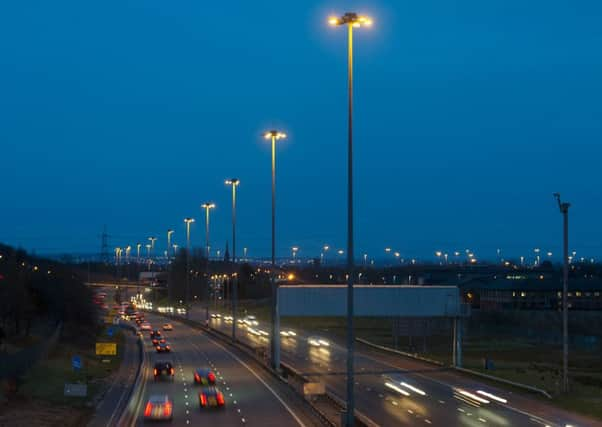Safety fears over unlit M8 and M74 motorways
This article contains affiliate links. We may earn a small commission on items purchased through this article, but that does not affect our editorial judgement.


Decades after the road was fully lit to improve safety, sections of the M74 are now dark.
The M8 link between Edinburgh and Glasgow has no lights except at the main junctions, despite the A8 being fully lit.
Advertisement
Hide AdAdvertisement
Hide AdExperts have now called for Transport Scotland to prove that removing lights on such roads was safe.
Neil Greg of IAM Roadsmart, formerly, the Institute of Advanced Motorists said: “It wasn’t clear from the original plan what was going to happen.
It was fairly late on before people cottoned on to the fact that roads weren’t going to be fully lit.
“In an ideal scenario we’d like to have lit motorways.
“There have been experiments with switching off the lights on English motorways and these have shown no effect on safety, but these tend to be done on fairly quiet motorways whereas the M74 and M8 are exceptionally busy.
Advertisement
Hide AdAdvertisement
Hide Ad“I would urge Transport Scotland to do an in-depth major study.
“It just needs one crash to show that the lights would pay for themselves.”
Additional lanes were added to the M74, M8 and M73 to east journey times, however, industry sources claim that missing lights on the M74 has created one of the only eight-lane motorways without lights.
Transport Scotland said: “The M8, M73, M74 motorway improvements project includes significant capacity and safety improvements work across the central Scotland motorway network.
“The lighting is designed in accordance with current design standards which includes lighting at junctions and their approaches.”